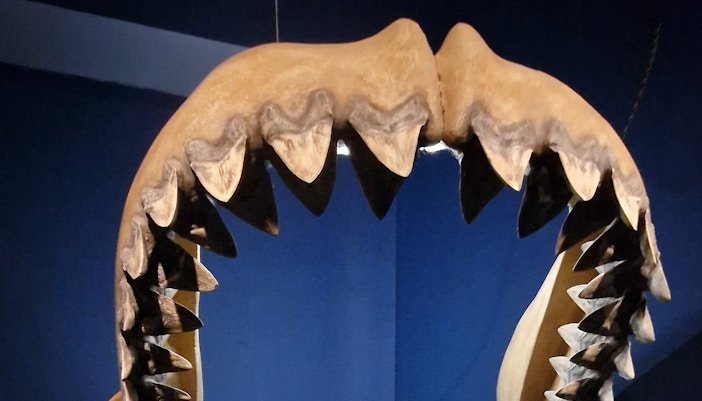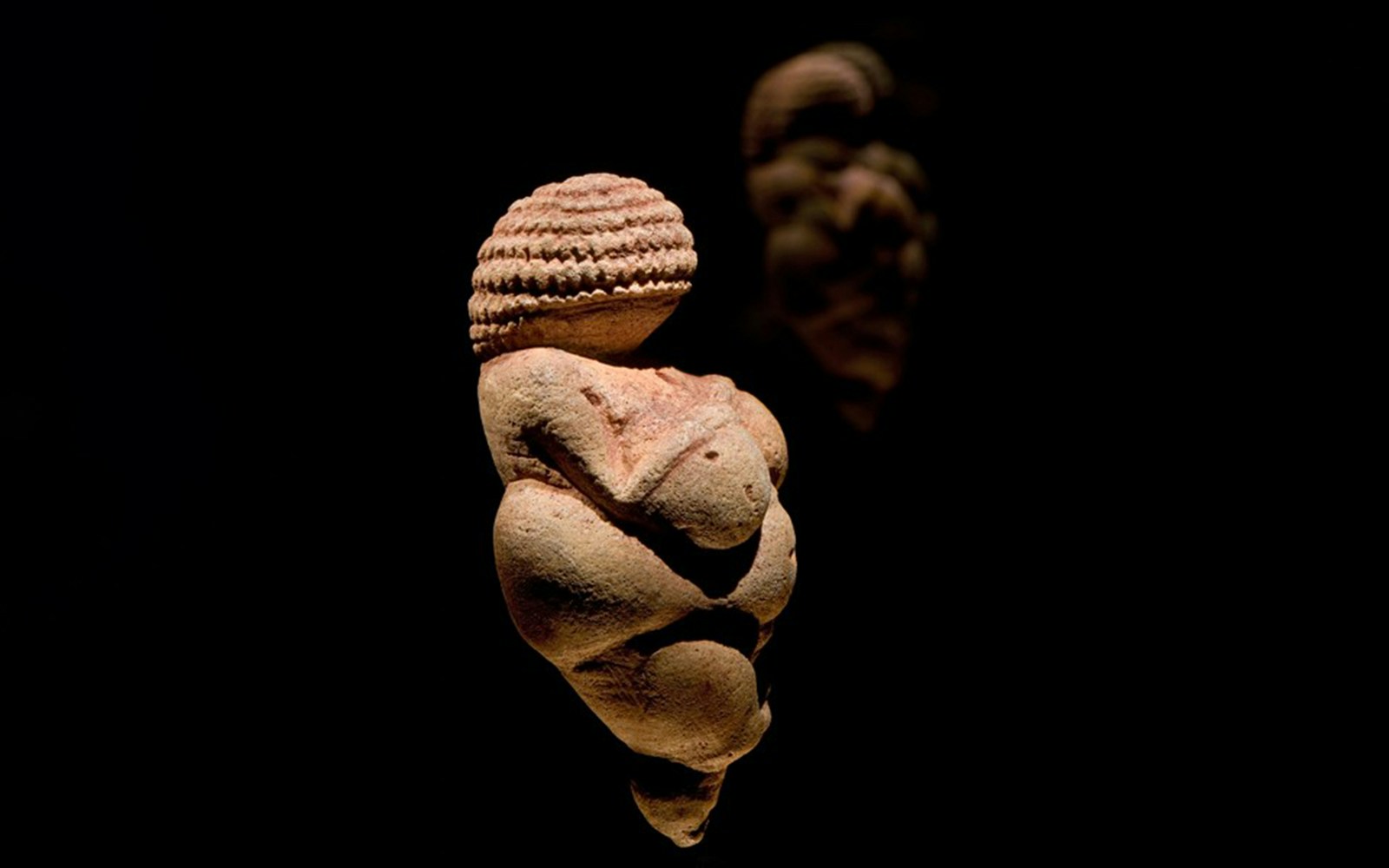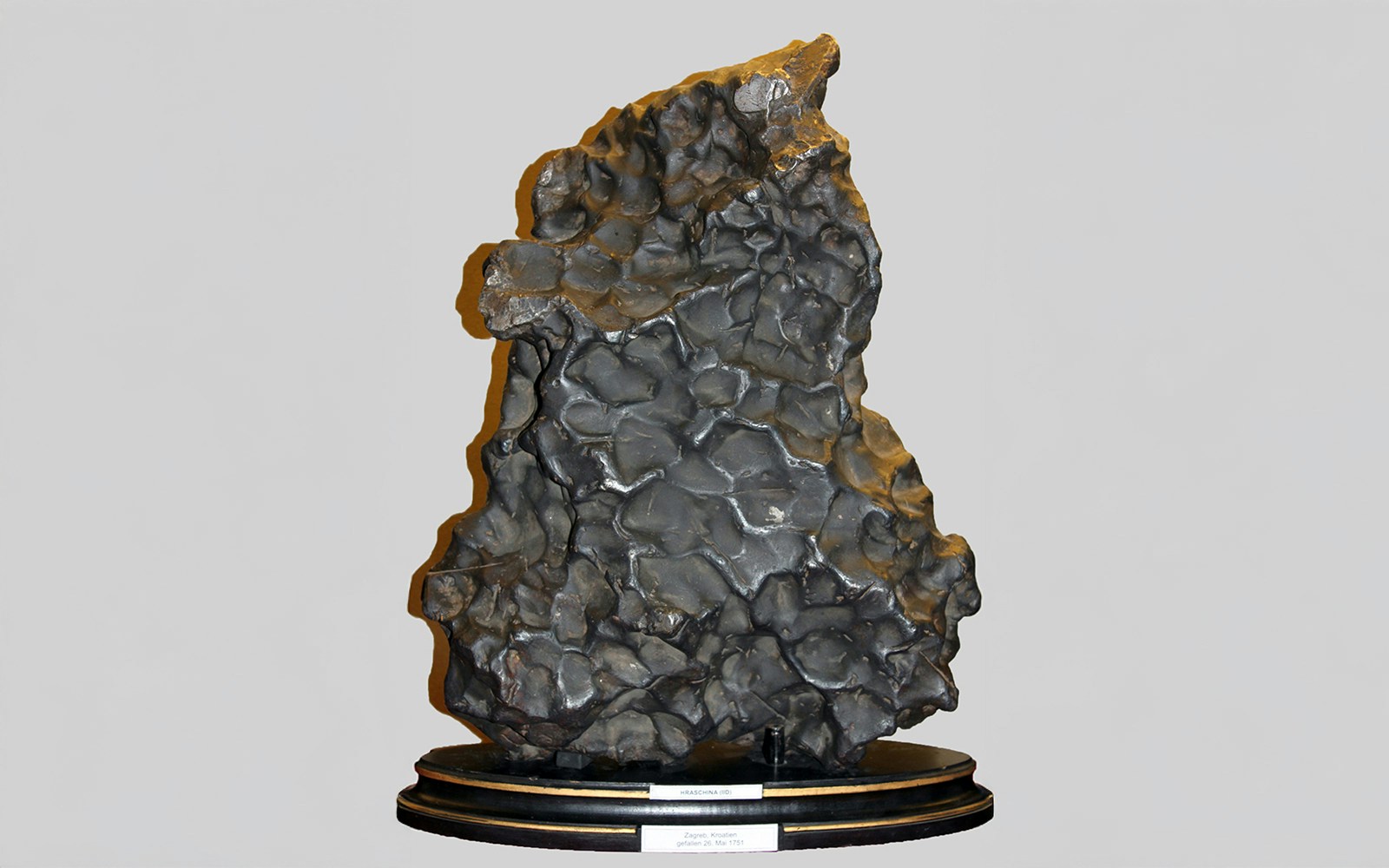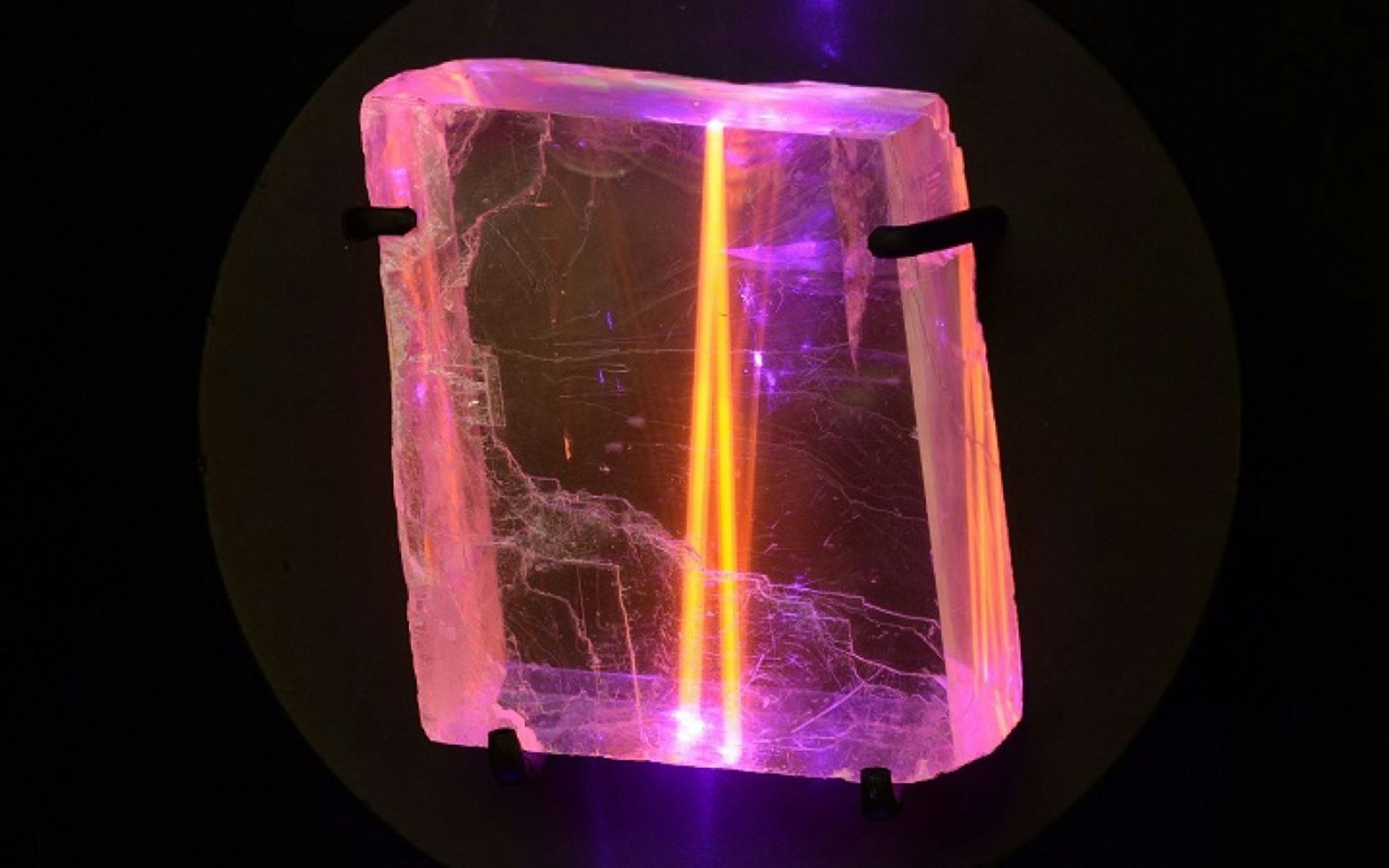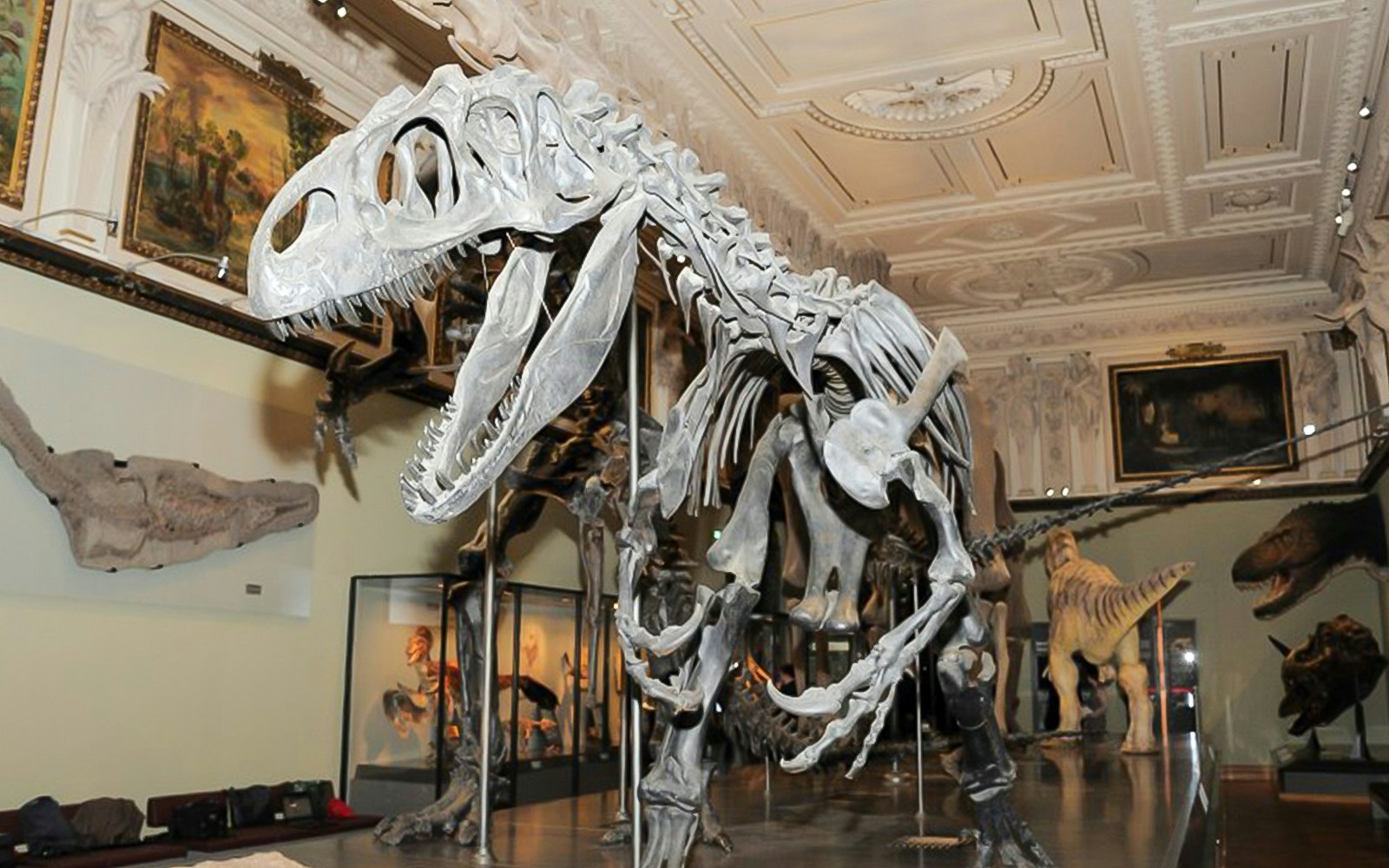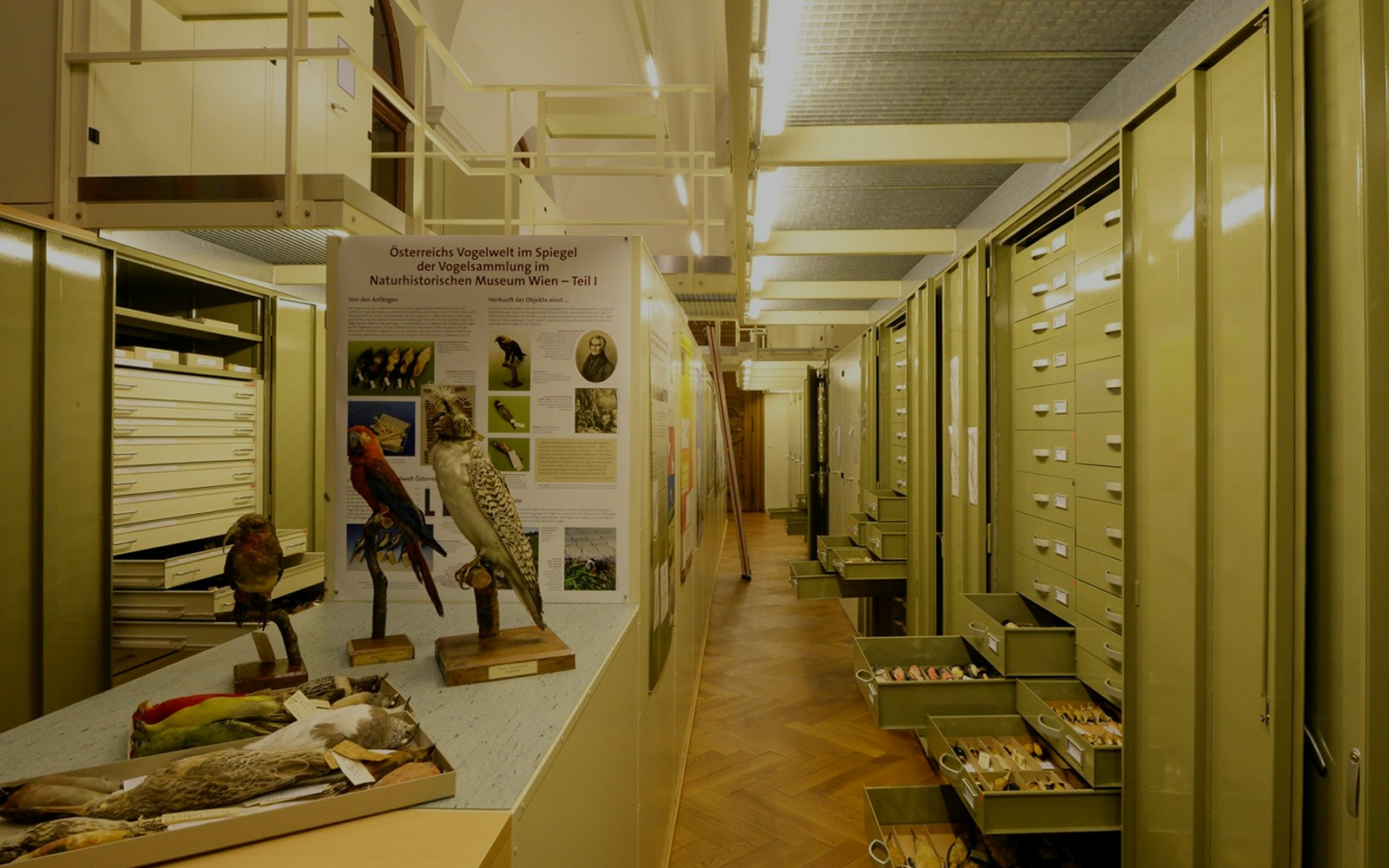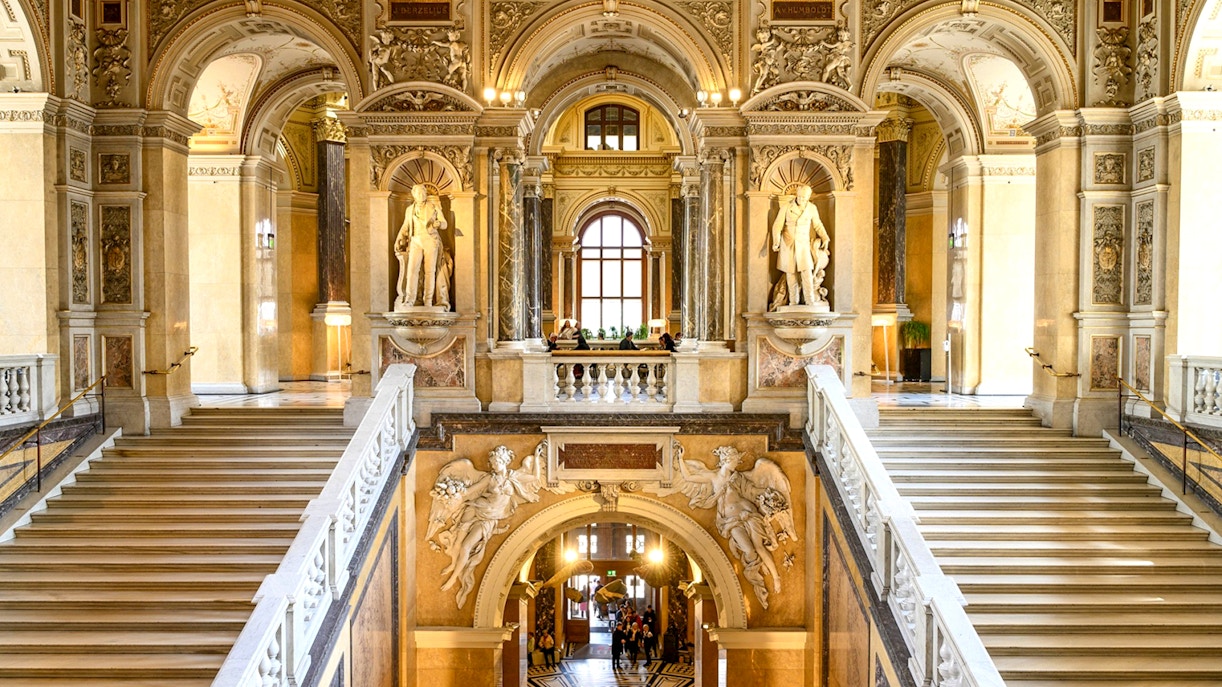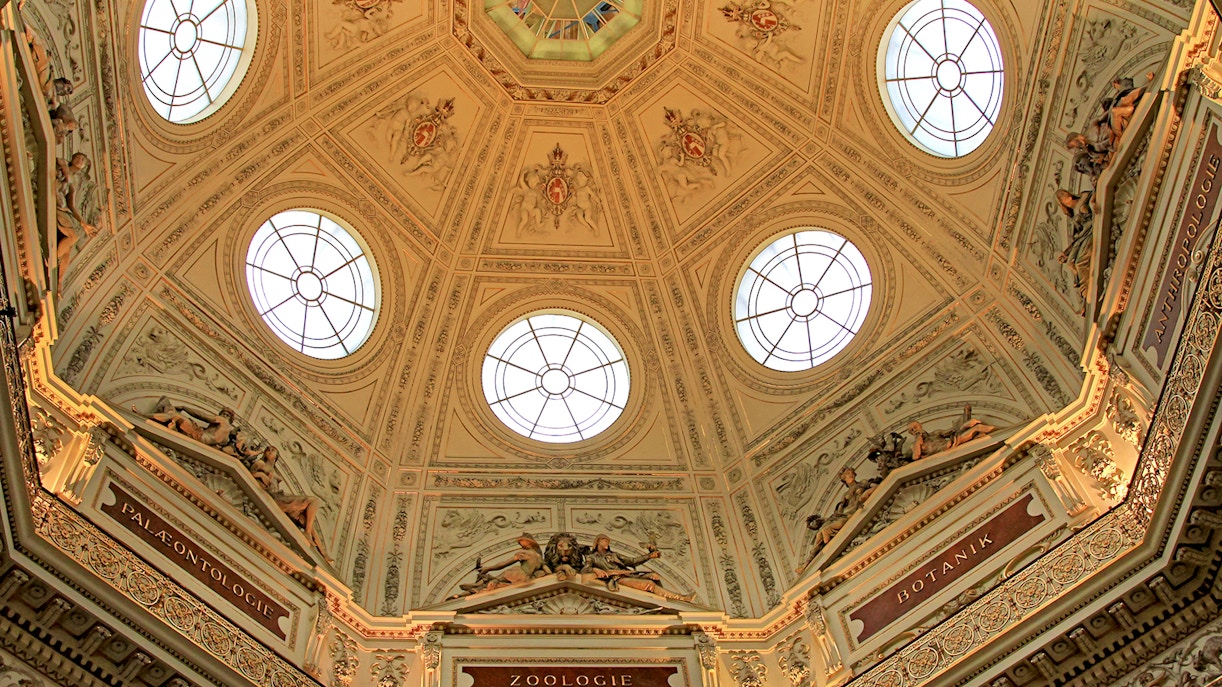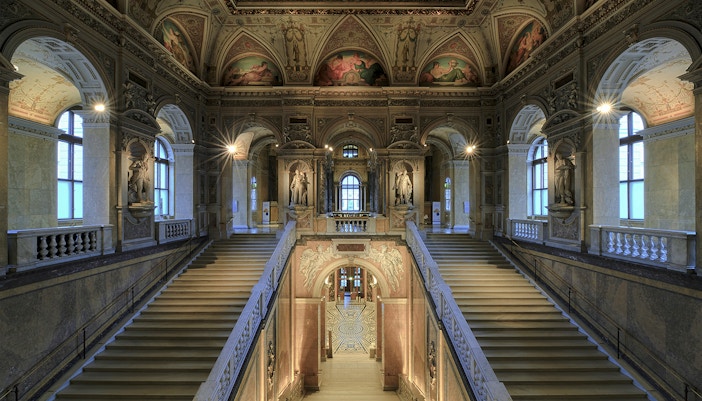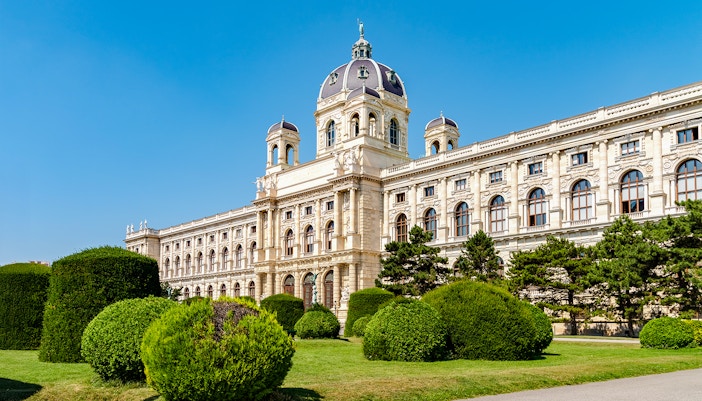Marvel at the opulent Gemstone Bouquet crafted from thousands of gems, plus glittering displays of rare quartz, emeralds, and sapphires, including an enormous Florentine Diamond replica.
From dinosaurs to meteorites | Your guide to the Natural History Museum’s galleries
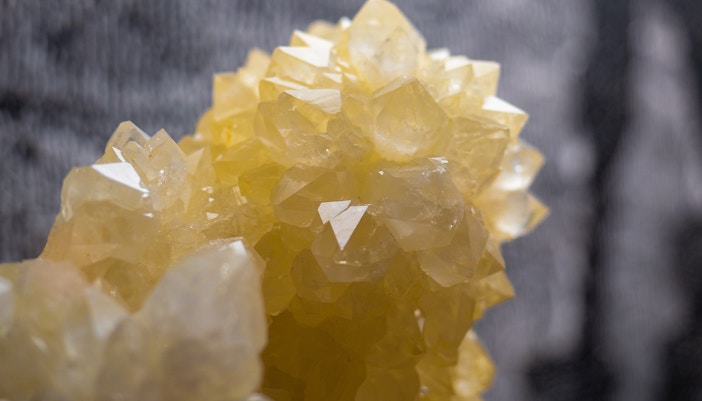
Gemstone and Mineral collection (Halls 1 to 4)
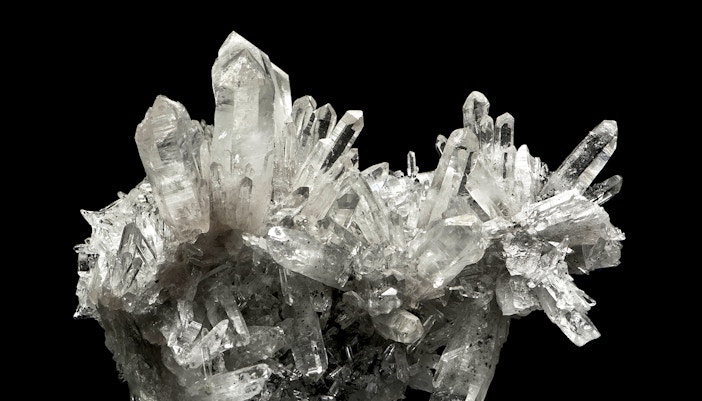
Mineralogy and Crystals (Hall 2)
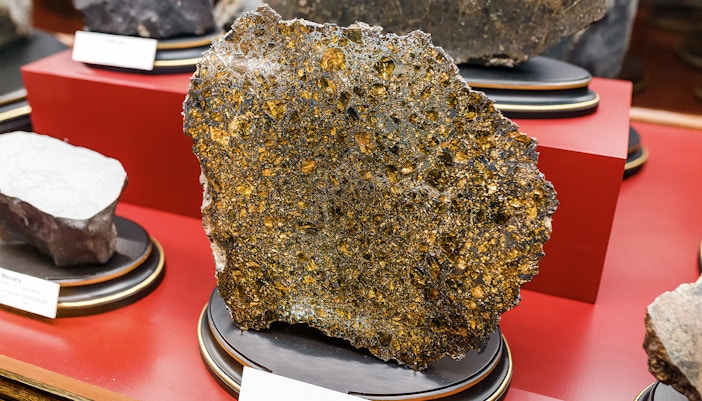
Meteorite collection (Hall 5)
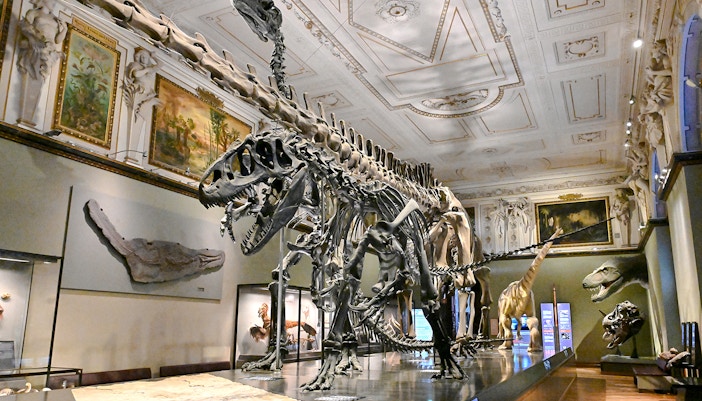
Dinosaur Hall (Hall 10)
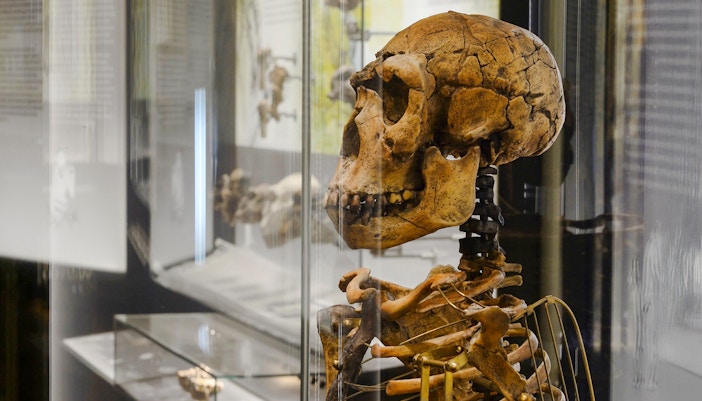
Human Origins and Prehistory (Halls 11 to 13)

Fossil Hall (Hall 15)
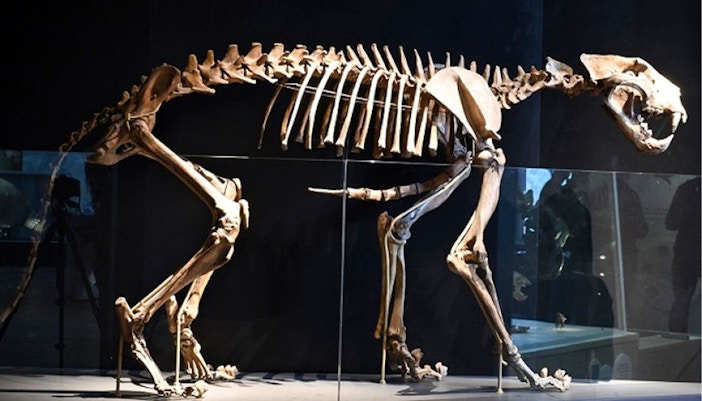
The Ice Age (Hall 16)
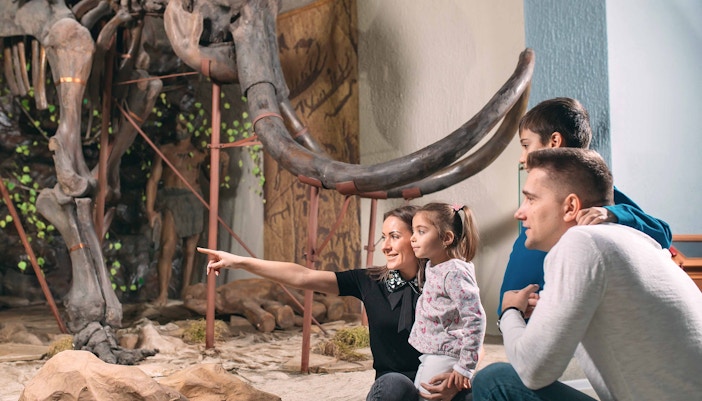
The World of Mammals (Hall 23)
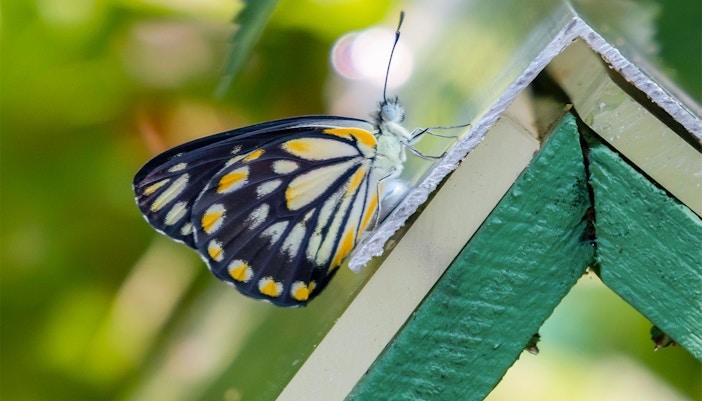
Insects and Arthropods (Hall 24)
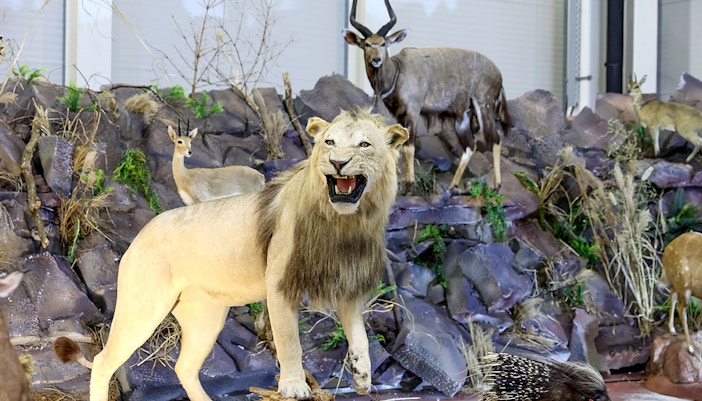
Zoology and Taxidermy (Halls 25 to 39)
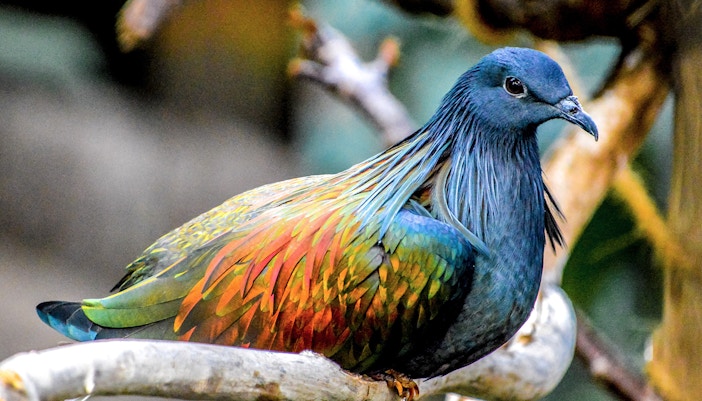
Birds of the World (Halls 27 to 29)
